1968 – 1969 Porsche 911 T 2.0 (SWB & LWB) – Ultimate Guide
2.0 A-Series (1968)
In August 1967, the original O-series 911 was replaced by the A-series. Once again there were four variants: the entry level 911 T, the mid-level ‘normal’ 911, the luxury 911 L and the flagship 911 S. All four could be ordered with Coupe or Targa bodywork and with either a manual or semi-automatic gearbox.
The Porsche 911T was a Europe only model for 1968, designed as a lower priced, lower performance entry point into the world of 911 ownership. It sat below both the 1968 911 L and 1968 911 S. The 911 T featured engine Type 901/03 (Type 901/13 with Sportomatic), with Weber carburetors. It had 110 bhp @ 5800 rpm and torque came in at 116 ft lbs @ 4600 rpm. It was a little slower to 60 mph than the rest of the range, taking 8.9 seconds from a standstill and top speed was 124 mph.
The 911 T engine was a new design that used cast-iron cylinder heads. It also employed a different crankshaft, camshafts and compression ratios to produce 110 bhp. Unlike the other variants, the 911 T had milder camshaft setup. The 911 T also came with a four-speed gearbox instead of the five-speed unit fitted to the rest of the range. Cars equipped with Sportomatic transmission received a special type number, Type 901/13 for the 911 T.
The ‘normal’ 911 and 911 T did not get the nicer high quality velour interior that came with the 911 L and 911 S. The car lacked the wooden dashboard and used cheaper Perlon carpeting. Standard features included the 4-Speed transmission and steel-disc wheels but there was the option to upgrade to 5-speeds and Fuchs alloy wheels.
A total of 2,132 911T’s were produced for the year, of which 1,611 were coupes and 521 were Targa. As with the other 911 variants, 1968 is noteworth as the final year of the short wheelbase 911. It evolved into the 1969 911T.
2.0 B-Series (1969)
Major changes were made to the 911 in 1969, and several new models were introduced to the line-up. To improve handling at speed, the wheelbase was increased on all 911 models by shifting the rear wheels back just over 2 inches. This helped to even out the weight distribution of the car. The 911S was brought back, and this time it was equipped with fuel injection.
Porsche also introduced a new mid-class luxury model, the 911E, which was designed to fall nicely between the 911T touring model and the high-performance 911S. The Porsche 911T would continue for its second year in Europe, and newly introduced into the United States market, as the entry level offering for the 911, sitting below the 1969 911E and the 1969 911S.
The entry level 911 T still ran on Weber carburetors. TheWeber carbureted engine was number Type 901/03 (Type 901/13 with Sportomatic, Type 901/16 in the US, Type 901/19 with Sportomatic in the US). Output was unchanged and, although the valve springs used by the 911 E and 911 S were adopted, the existing 901/03 engine type number was retained.
As with the rest of the 911 variants in 1969, the 911T, were the first to take on a longer wheelbase chassis at 89.4 inches (increased by 2.4 inches) which greatly improved drivability, along with flared wheelwells to accommodate larger tires. 5.5-inch wide wheels were now fitted as standard on the 911 T and an optional Comfort package was offered that allowed customers to bring the cockpit up to 911 E specification.
The 1969 Porsche 911T Targa, along with its coupe sibling, was the entry level offering for the 911, sitting below the 1969 911E Targa and the 1969 911S Targa. Like the coupe, it featured the 2.0-liter Weber carbureted engine Type 901/03 (Type 901/13 with Sportomatic, Type 901/16 in the US, Type 901/19 with Sportomatic in the US), rated at 110 hp.
After a total production of 4,186 (3,904 Coupes and 282 Targas), it was replaced by the 2.2L 911T for model year 1970.


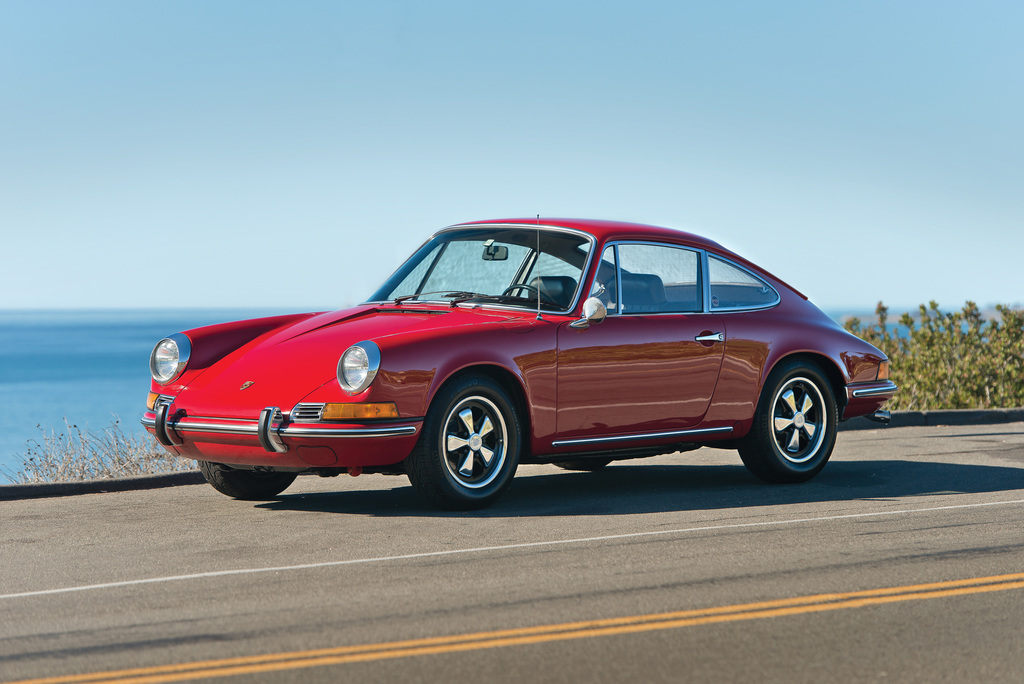
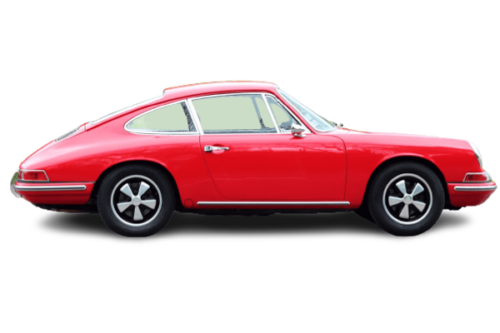
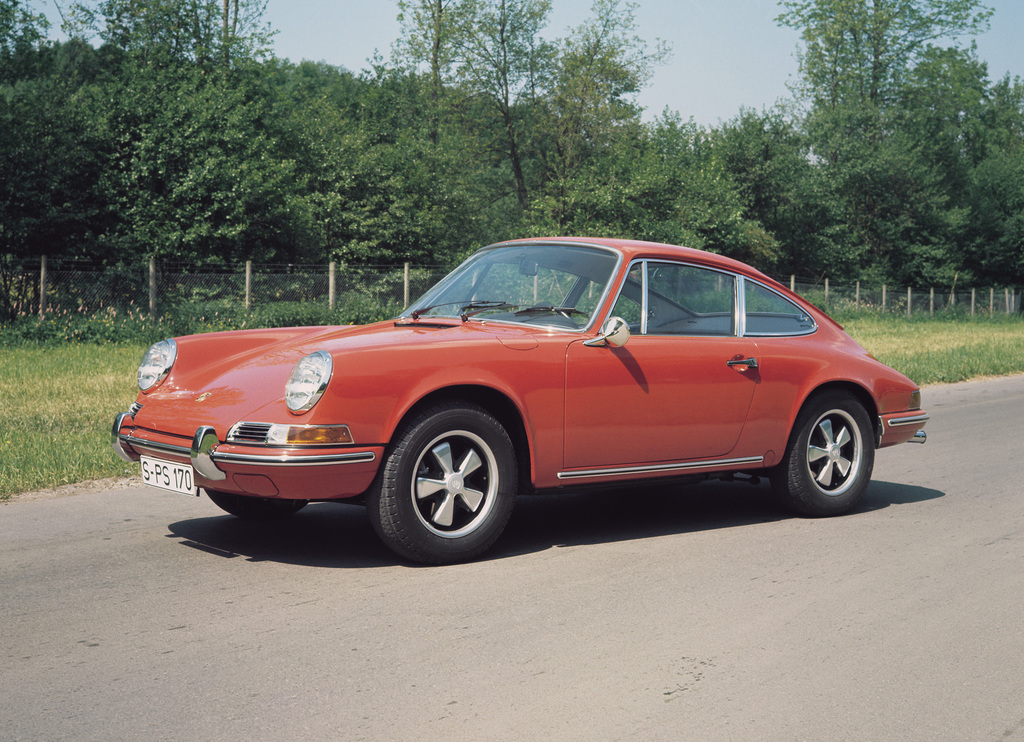
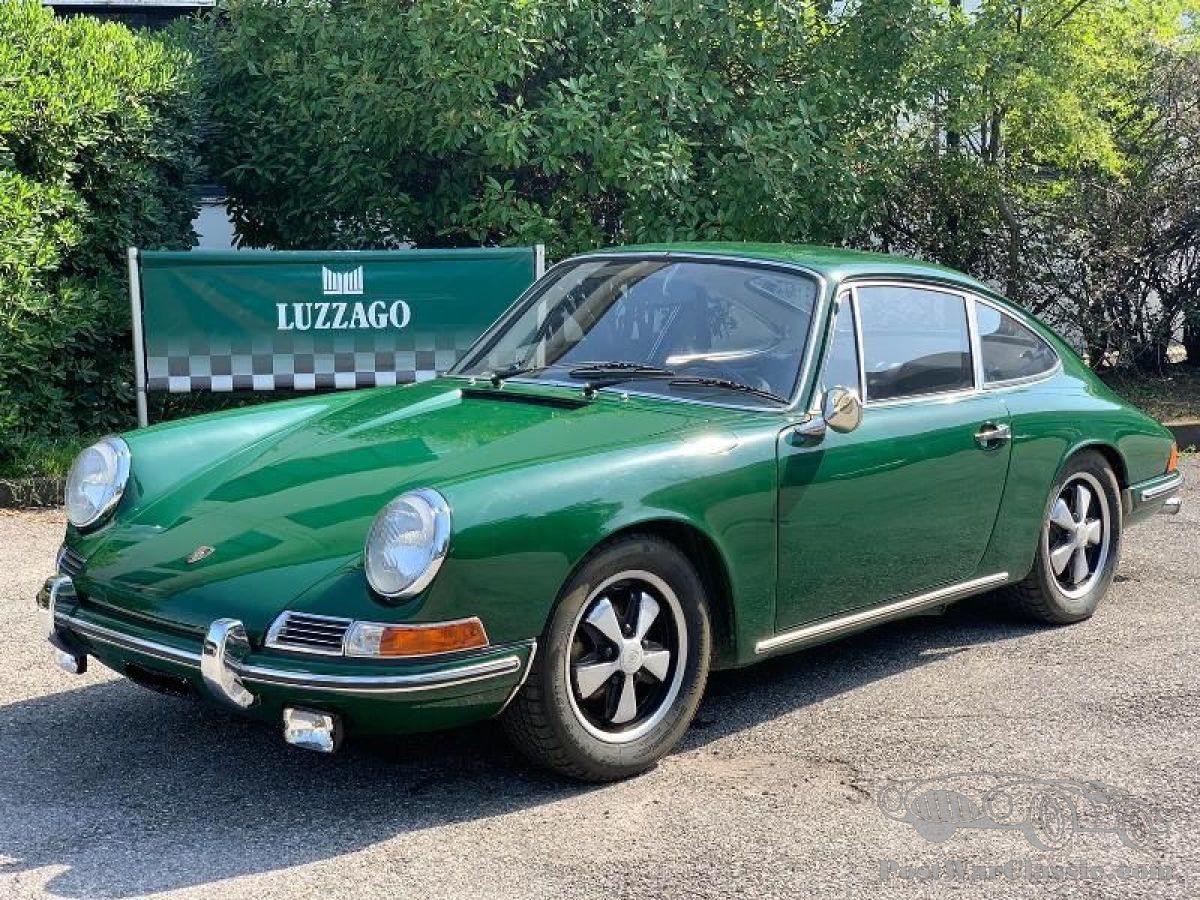
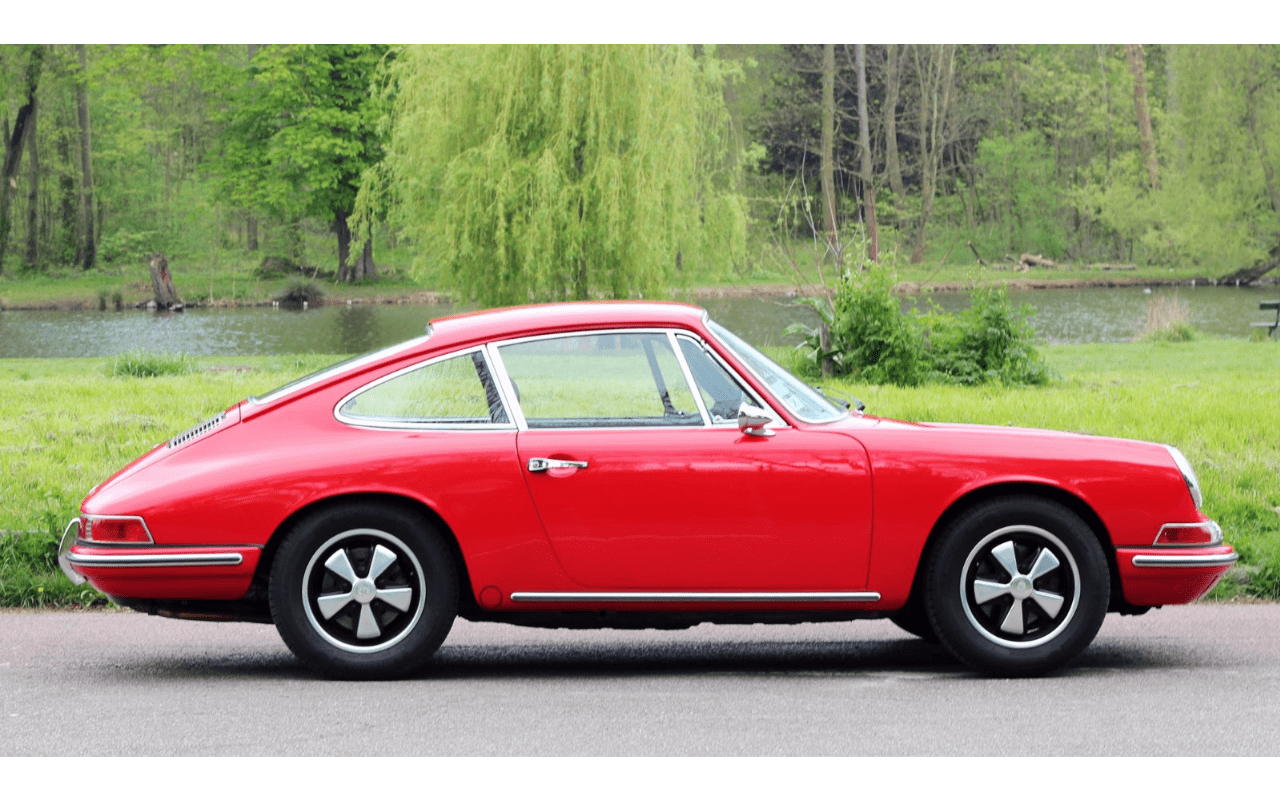
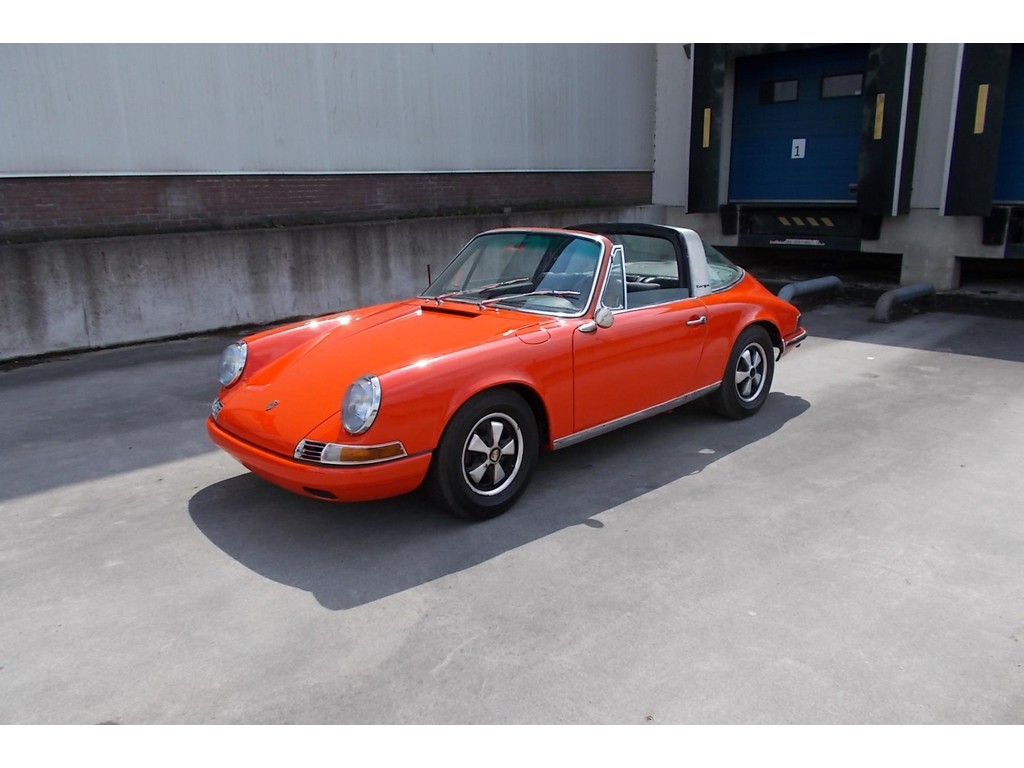
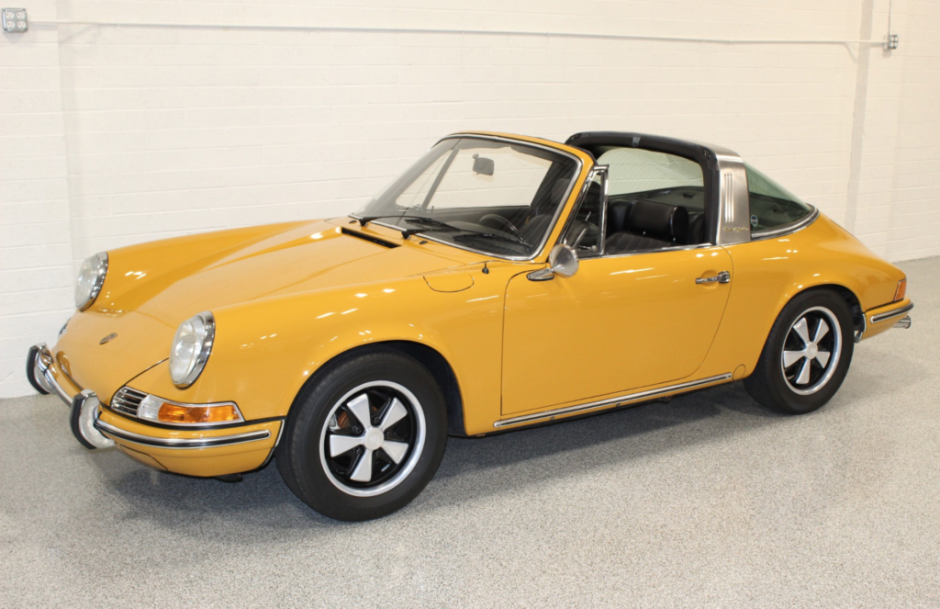
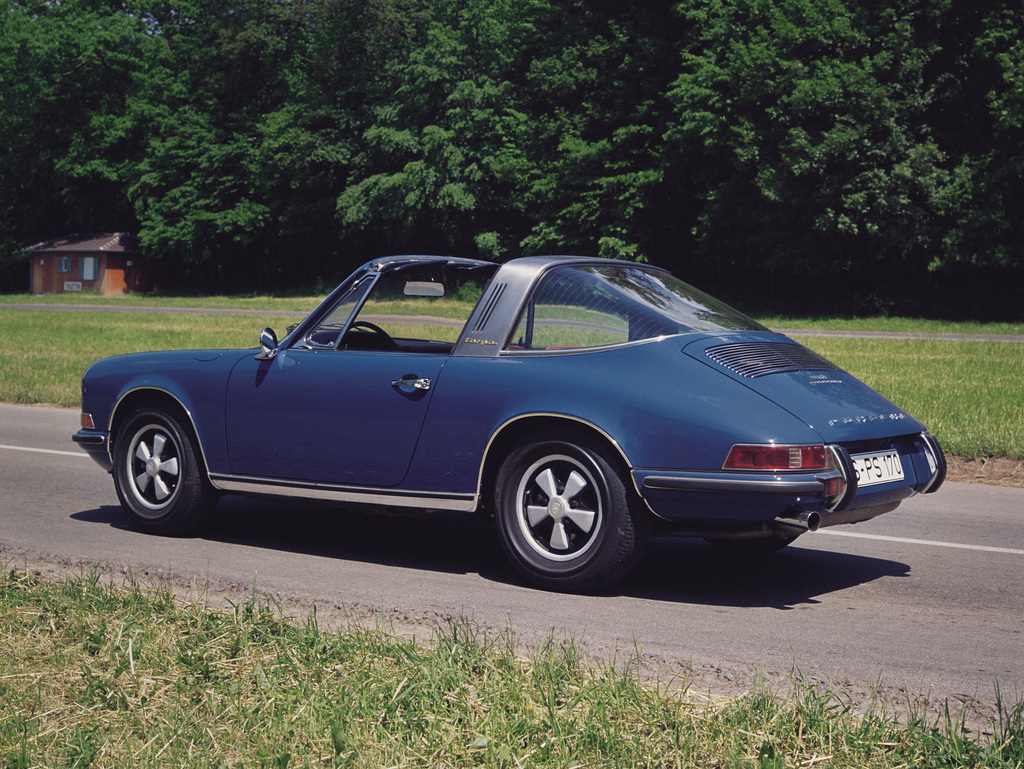
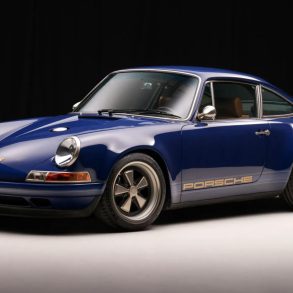

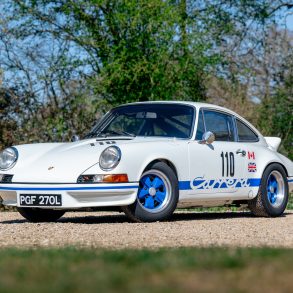

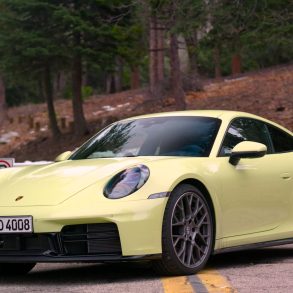


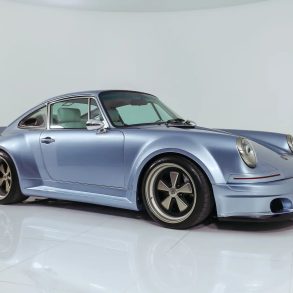

Ciao.
0